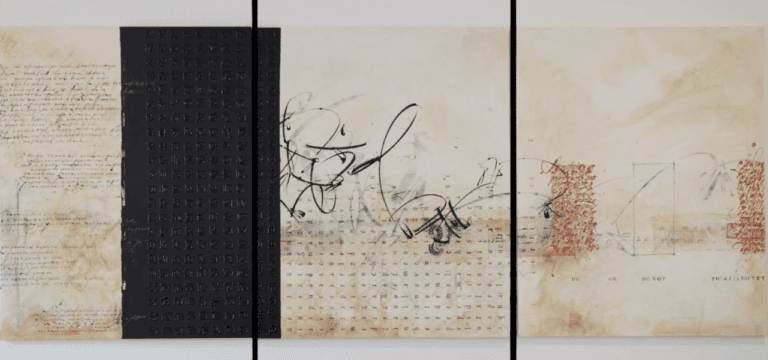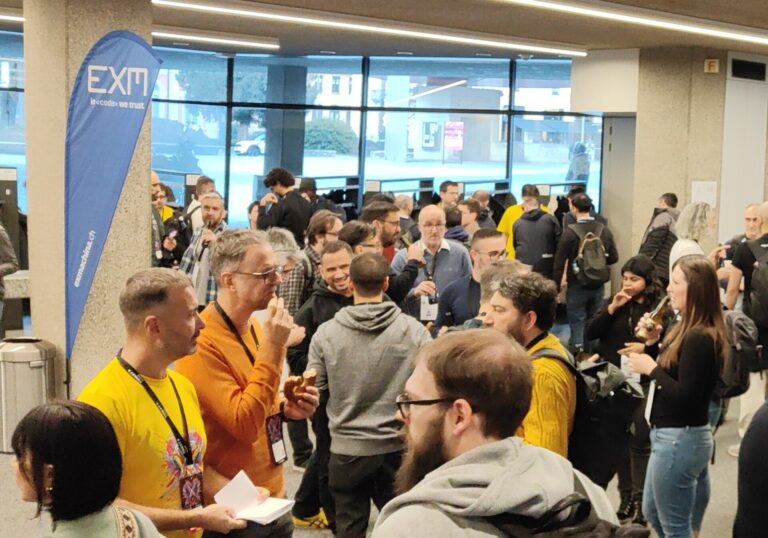Parkinson’s is a disease that gets worse with time. Slowly patients have more and more trouble moving and thinking. There is no cure yet, but a new treatment shows astounding results on patients that have great difficulty in walking. After 3 minutes of treatment, the person gets up again, regaining the lost life. The effects last about a week, then the treatment must be repeated. Beyond the immediate benefit, the treatment opens a new avenue in the quest for understanding the disease.
Neurodegeneration
The brain is a wonderful and mysterious organ. It allows us to dream the impossible, plan it, and make it become reality. We can contemplate our own self, and be in awe at masterpieces of art. Although we don’t know how most of the brain works, usually this ignorance doesn’t bother us. But it becomes very important when a neurological disease appears in our lives.
Parkinson’s is one of those beasts. It is a degenerative disorder of the central nervous system mainly affecting the motor system. The symptoms include shaking, rigidity, slowness of movement and difficulty with walking and gait. In more advanced stages of the disease, also cognitive and behavioral symptoms arise. The motor symptoms result from the death of brain cells in the substantia nigra, a region of the midbrain. These cells present abnormal aggregates of protein (Lewy bodies) that appear to be involved in the process. It is however not clearly understood why or how these cells die.
Treatments: Medicine or Surgery
Treatments are typically pharmacological, such the antiparkinson medications L-DOPA and dopamine agonists, which improve the early symptoms of the disease. Unfortunately, as the disease progresses these medications become ineffective, and even bear the secondary effect of causing involuntary contortions.
Another treatment involves planting electrodes in the brain. Deep Brain Stimulation reduces motor symptoms by sending electrical impulses to specific parts of the brain, such as the thalamus, the globus pallidus or the subthalamic nucleus. This technique is used only in severe cases where drugs are ineffective.
A Serendipitous Step Beyond the State-of-the-Art
Stefano Tassin, an Italian physiotherapist, was working in his studio on a Parkinsonian patient. The patient suffered from freeze of gait, a condition in which it is very difficult to walk. He was also in pain. Physical therapy can relieve pain using different techniques, such as guided exercise or manipulation. One of the methods is point stimulation, in which the practitioner massages or applies pressure on specific locations, such as the Myofascial Trigger Points (“knots”) or others. Tassin worked on the feet of the patient, exploring different points to find what would work best.
After the treatment, the patient slowly stood up, and
to his and Tassin’s jaw-dropping surprise,
easily walked over to grab his jacket.
The incredible and sudden improvement prompted Tassin to reproduce the stimulation. He wrote down the exact steps and tools on a piece of paper, and at the patient’s following visit the week after, Tassin repeated the procedure. The effects of the first treatment were gone, but after the stimulation, the patient was again able to walk with ease. The patient had tears of joy, seeing his mobility regained. Tassin was baffled and excited, and asked himself: “What if this treatment is applicable to other patients?” It would have been amazing, because pharmacological treatment has little effect on parkinsonian freezing of gait.
Tassin started proposing the same mechanical foot stimulation to other patients. On some it didn’t work, but on most Tassin’s treatment had the same profound effect. Having a larger patient pool, Tassin could quickly refine his technique, coming to a point in which he realised that the treatment could be automated, with a programmable shoe-like device. Such a device would allow many more people to profit from the treatment.
Together with a small team, Tassin created the Gondola medical device, capable of achieving the same astounding result of making parkinsionian patients affected by freeze of gait be able to walk again, and lead a normal life again.
The medical establishment remained skeptical. How could a mechanical foot stimulation improve a condition that is known to be unaffected by pharmacological treatment? Why would that work, anyway? To Tassin’s frustration, neurologists wouldn’t prescribe Gondola, even after seeing the effects on video.
It took years of tearfully happy patients and families, testing, and clinical studies to make Tassin’s treatment be slowly accepted by the community. While the first scientific papers included surprise that the patients showed a clinical improvement in performing simple and complex motor tasks, it is becoming self-evident. Now Gondola is at a tipping point, growing quickly to make Parkinsonian freeze of gait a bad memory from the past for most people possible.
Going Beyond Parkinson’s
What if Tassin’s treatment could be applicable to other symptoms?
Or even other diseases?
The answer might lie in how Gondola actually achieve its effect.
How are neural pathways triggered to obtain a return to motor abilities that were lost?
The novelty and effectiveness of Tassin’s treatment provides a new field of exploration. While on one side Science is tackling the question with state-of-the-art approaches of medical research, a second path is possible. Because the treatment is non-invasive, there is the possibility of quickly finding the technique by using a combination of robotics and Machine Learning. More specifically, a connected platform of actuators combined with complex pattern recognition systems can carry out variations of the treatment, retrieving patient feedback using a smartphone (user input and motion sensors). This treatment research avenue might not lead to an understanding of the mechanisms, but would alleviate the consequences of Parkinson’s on families, and its cost on society.
Disclosure: Ex Machina invested in Gondola Medical Technologies, and we’re helping them upgrading the device with Internet-of-Things and Machine Learning capabilities.


